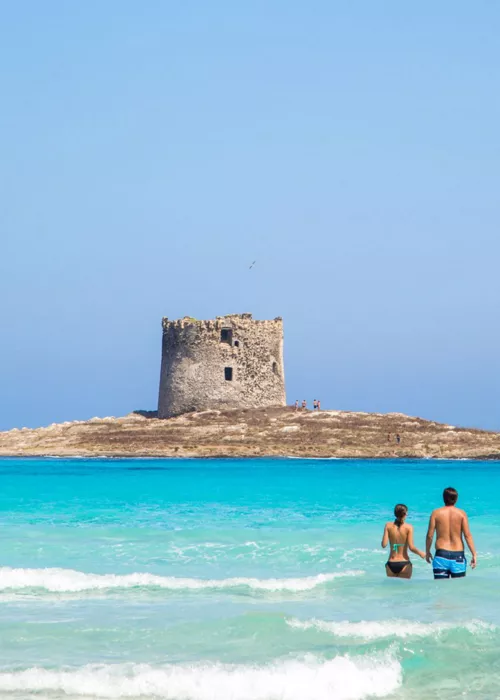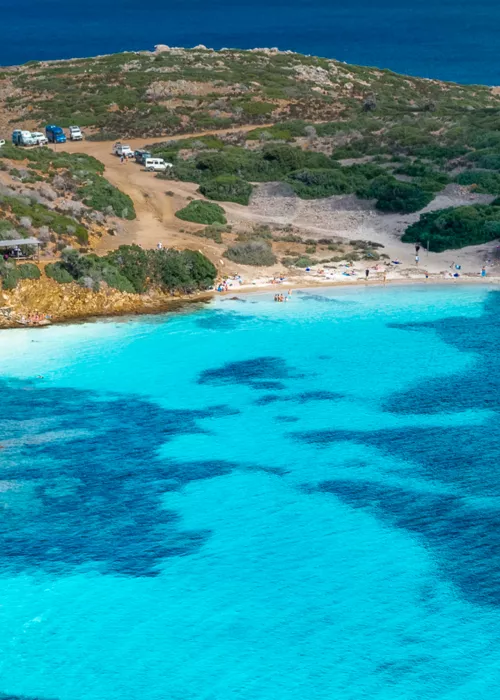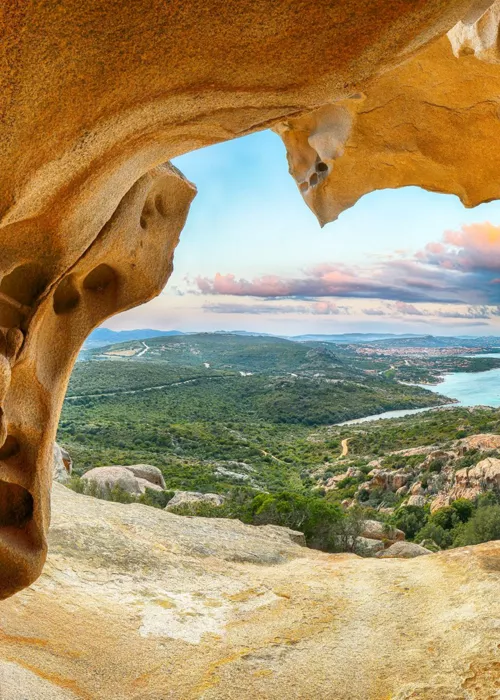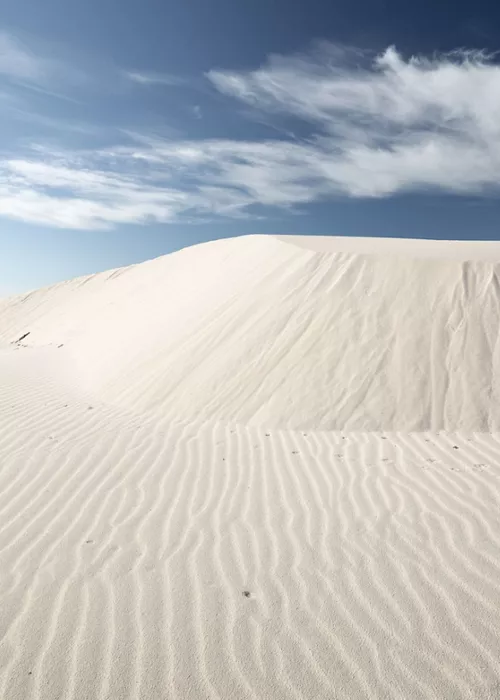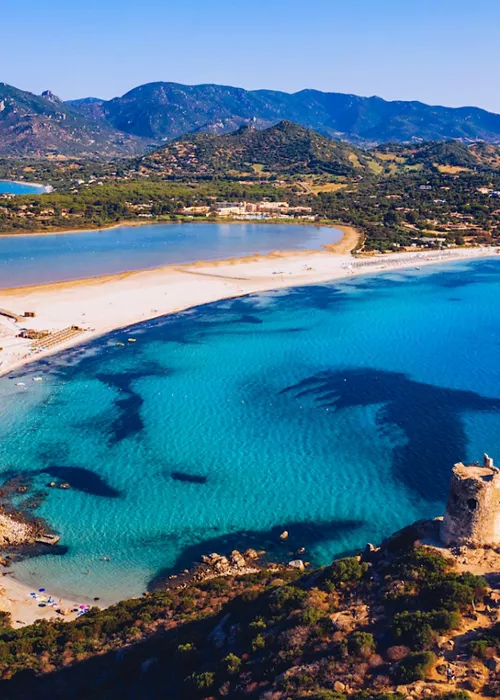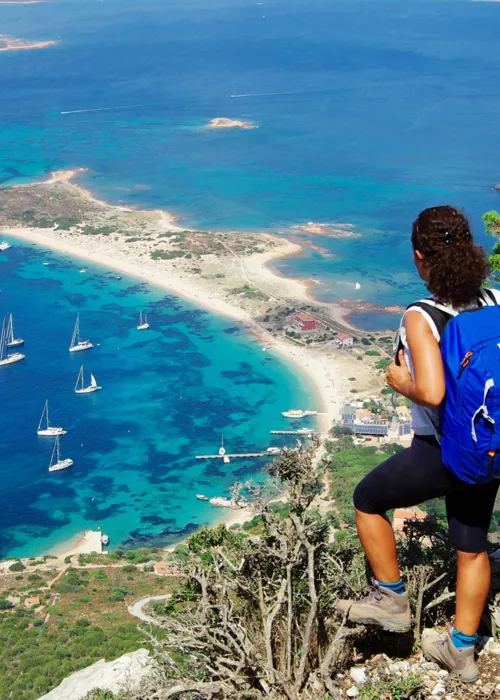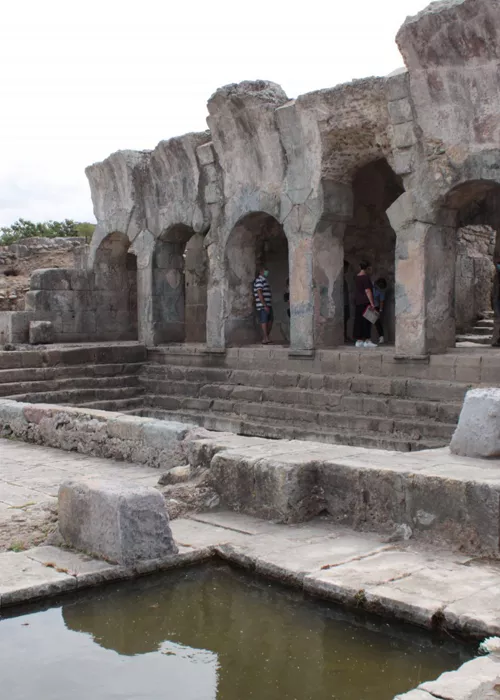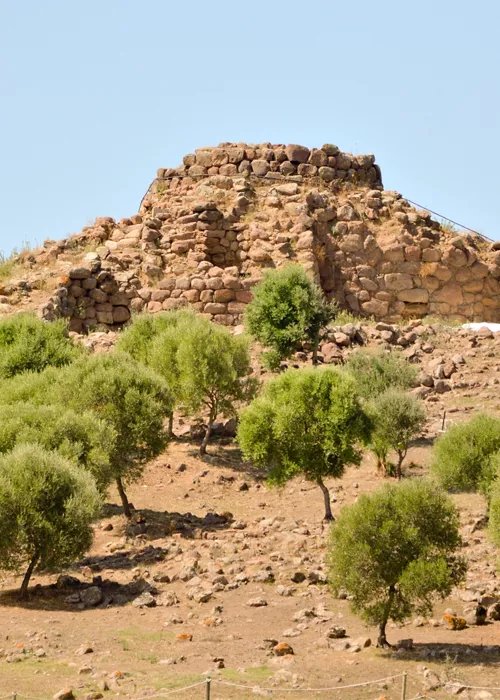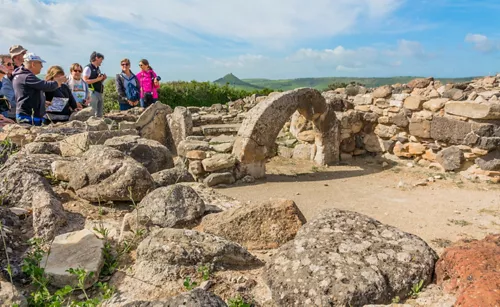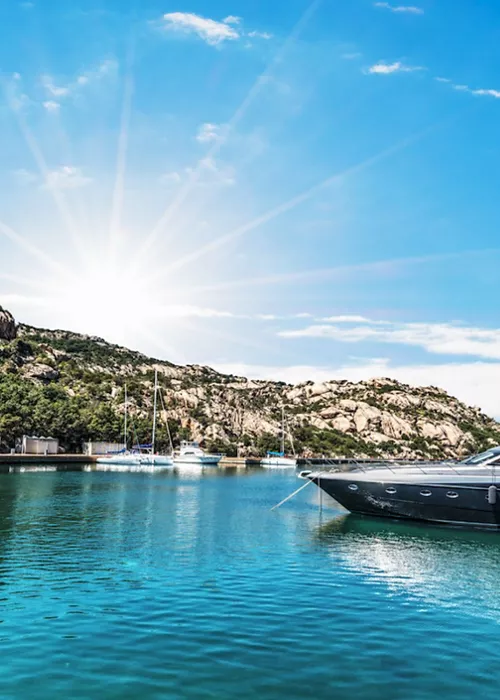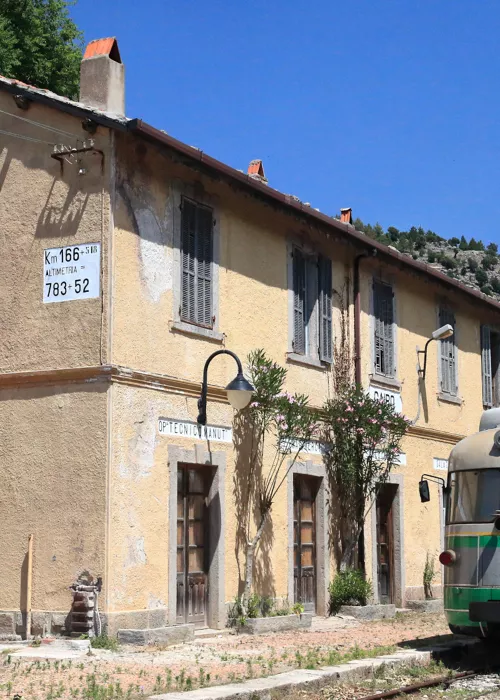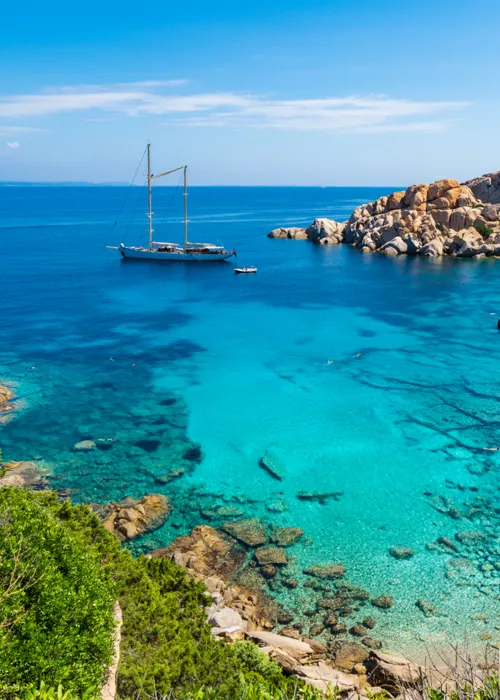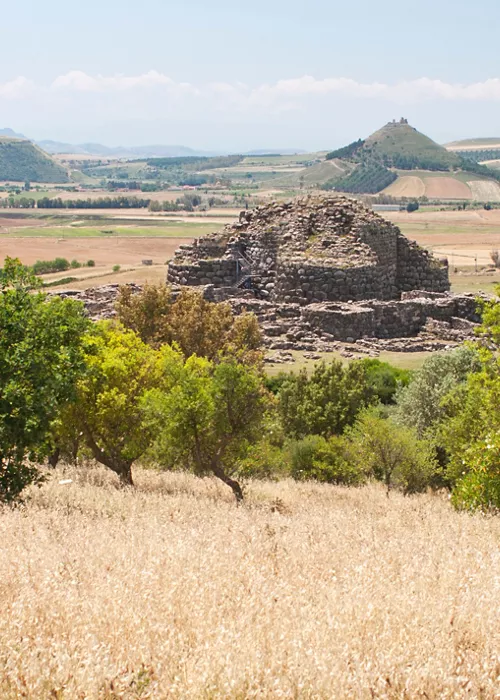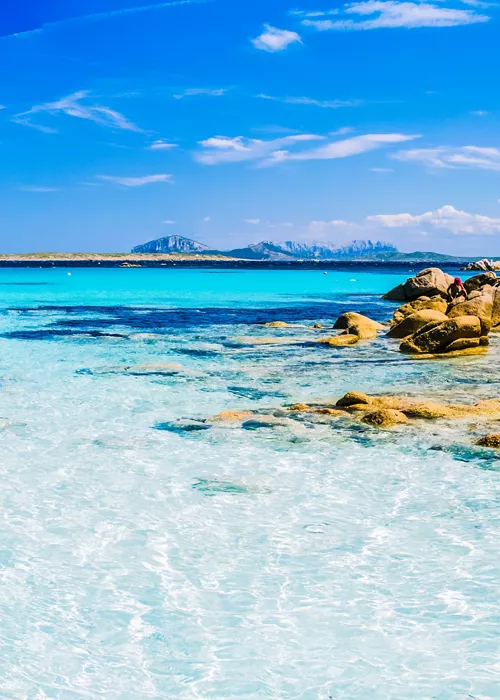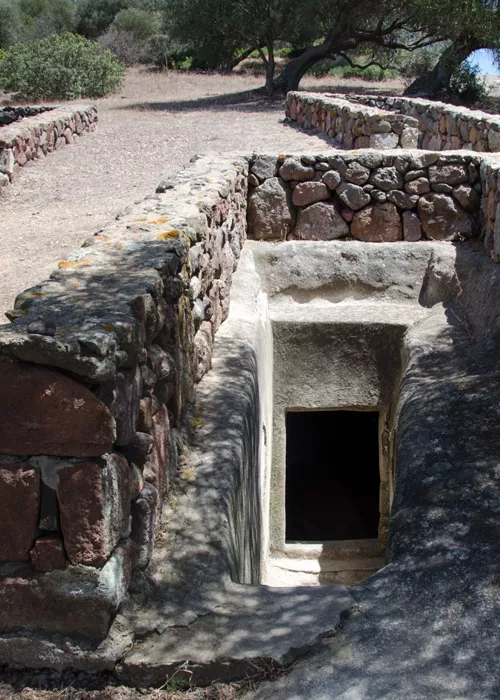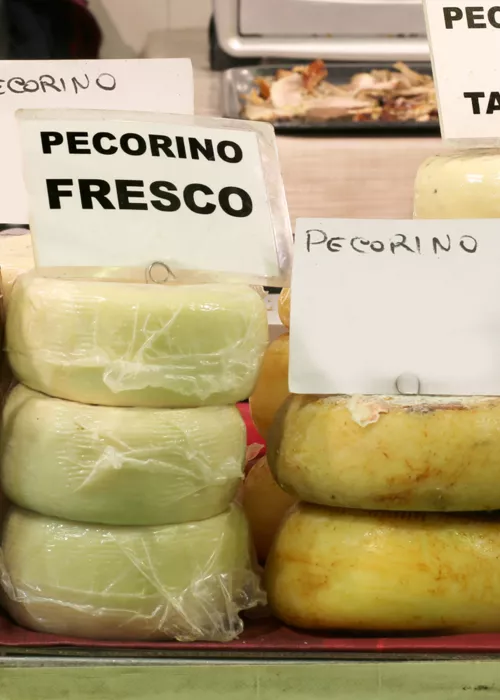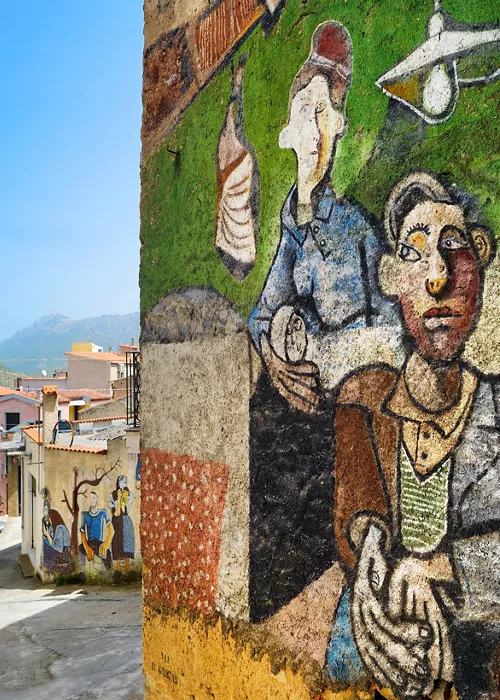Stintino and Asinara
3 minutes
Fine, white sand, breathtaking panoramas, waters that range from hues of azure to turquoise, and one of the most beautiful seascapes of the entire Mediterranean: welcome to Stintino, renowned touristic destination on Sardinia’s northwestern extremity, in the Province of Sassari. It started out as a fishermen’s village, when the Island of Asinara was made a penal colony. Not a bad idea, and Stintino possesses one of the most charming coasts in Sardinia – it is a certified paradise for sea lovers and an excellent vacation spot for those that want to take the plunge into its pure and wild natural surroundings.
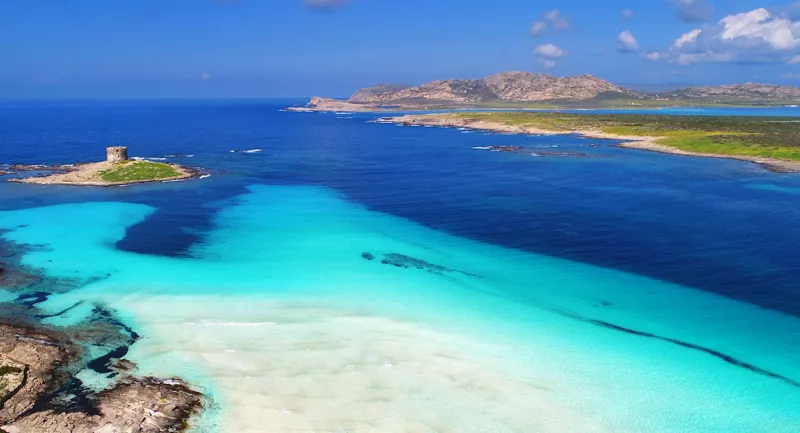
Stintino is synonomous with magnificent beaches, where you will want to relax for hours on end. The most famous of its beaches is definitely La Pelosa, facing Asinara and characterized by its luscious white sand and transparent sea. The nearby Pelosetta Beach makes two for the par, with the same colors and beauty to match La Pelosa. Stoll its expanse to reach the tiny island in front, superimposed by a 16th-Century Aragonese tower – the Torre della Pelosa. Just as gorgeous are the other beaches on Stintino’s eastern coast, beginning with Delle Tonnare Beach tonnare are the tuna-fishing nets that define this beach, today transformed into a condo complex on the sea. Then, Le Saline, Il Gabbiano, l’Ancora, Ezzi Mannu, Pazzona and Punta Negra follow. The part of the littoral lining the Sea of Sardinia (the Sea between Sardinia and the Balearics) is less accessible a chain of alternating rocks and coves (cala), some of them can only be reached by boat – e.g. Biggiu Marinu. Cala Coscia di Donna (lit. trans. Thigh of a Woman) and Punta su Torrione, rather, are open via land.
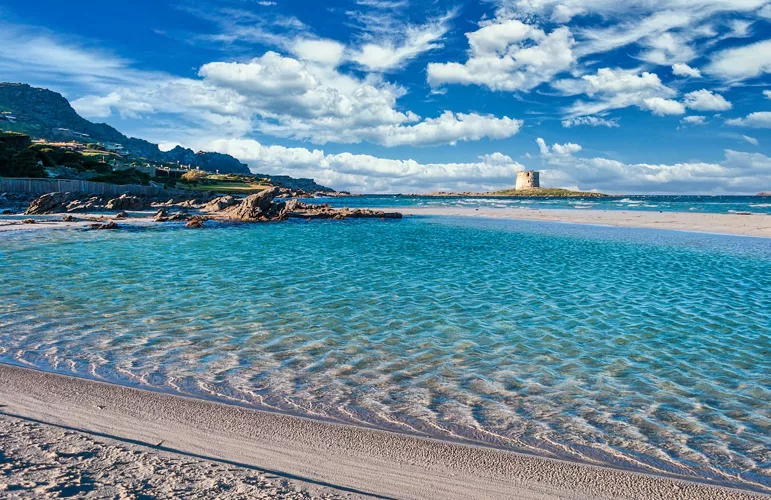
Across from Pelosetta Beach, a must-see is Isola Piana, where we can find a 1500s (restored in 1931) Spanish tower, Torre della Finanza. Another tower, one of Sardinia’s oldest, rises near Delle Saline Beach. A lookout tower, it is in the vicinity of a 13th-Century saltworks realized by the Brothers of Santa Maria di Tergu. Travel to the top of Torre Falcone for a bewitching panorama that goes beyond the same-named cape, Capo Falcone. Finally, other than the little town of Stintino, last on the tour is Borgo di Pozzo San Nicola.
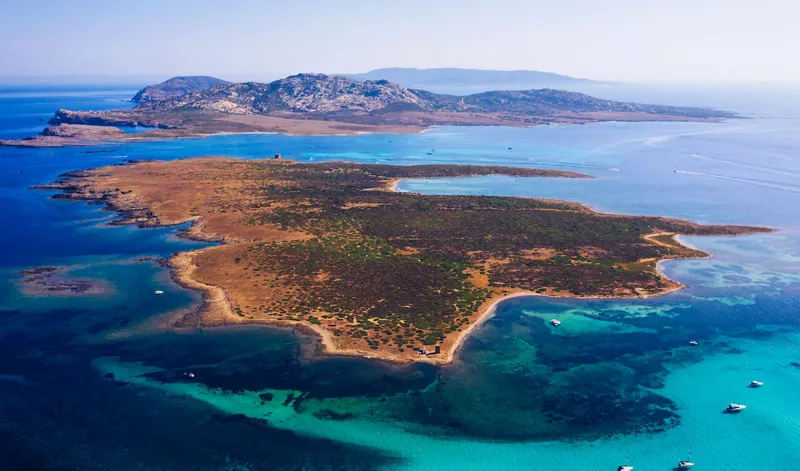
Don’t Miss
Enjoying lunch on Stintino, ideal for those craving fish, or even for those who might prefer the local fare from further inland: taste the Sardinian pork, known as il porceddu. Stintino also boasts two little ports, where visitors can rent boats and enjoy a trip to the splendid Asinara Island.
Asinara
An island of an island, beauty of beauties, you will know when you are on Asinara. Its singular history also earned it the nomer "Island of the Devil": it was a quarantine station during the 1800s, a prison camp during World War I, and afterward one of the most famous Italian prisons until the establishment of the homonymous Park in 1997. Such a unique history, besides lending it a bit of intrigue and mystery, also permitted Asinara to remain isolated for almost a century, thus guaranteeing the conservation of some of its most important flora and fauna, among which rare, sometimes-almost-extinct species can be counted, such as the white albino donkey. Indeed, also known as the Asinara donkey, the animal’s numbers on the island are the origins for the name Asinara, meaning “donkey-inhabited” in Italian. Without a doubt, Asinara's natural endowments are invaluable and internationally-unique.
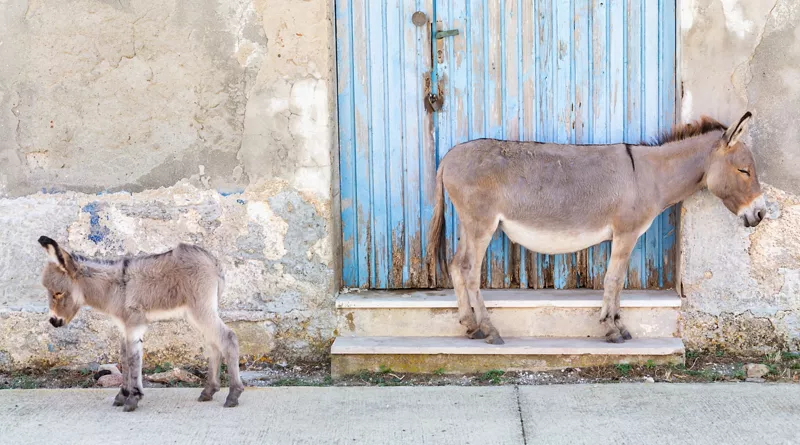
Points of Interest
Visit the gorgeous beaches at Cala d’Arena, Cala Sabina and Cala Sant’Andrea and the Fornelli zone (where the aforementioned maximum-security prison was formerly located), dominated by the massif that bears the Castello dell’Asinara.
Cala Reale, home to the Royal Palace and now seat of the Royal Park and the Environmental Ministry, also hosted a Savoy residence. Located inside the neighboring structures are a hostel and even a leper hospital, where in days of old ship crews infected with a variety of sicknesses were held. The village of Cala d'Oliva features low, white houses in the old quarter, while larger edifices in the upper quarter used to house the families of prison workers.


